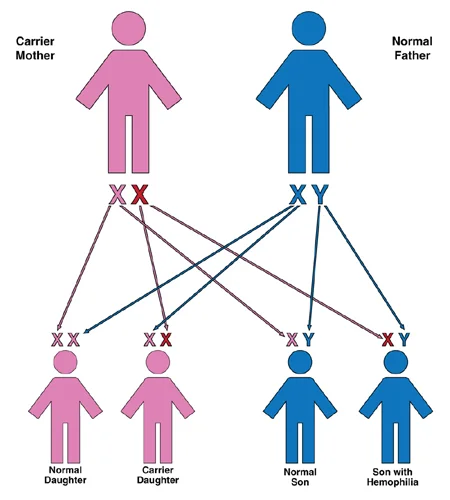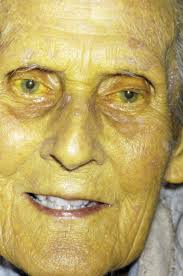Tonight is the 15th day of the Hebrew month of Shevat - better known as Tu-Bishvat. It is the day which traditionally marks “the new year for trees” and on which many of us will make a Tu-Bishvat seder (kind of like a Passover Seder, but without all the cleaning). As a special treat, there will also be a total lunar eclipse tonight, which will be visible from North and South America, Europe and Israel. In the following passage of Talmud that we will learn at the end of this week, there is a wonderful reminder to ponder the relationship of the sizes of the sun and the moon:
חולין ס, ב
רבי שמעון בן פזי רמי כתיב (בראשית א, טז) ויעש אלהים את שני המאורות הגדולים וכתיב את המאור הגדול ואת המאור הקטן אמרה ירח לפני הקב"ה רבש"ע אפשר לשני מלכים שישתמשו בכתר אחד אמר לה לכי ומעטי את עצמך
אמרה לפניו רבש"ע הואיל ואמרתי לפניך דבר הגון אמעיט את עצמי אמר לה לכי ומשול ביום ובלילה אמרה ליה מאי רבותיה דשרגא בטיהרא מאי אהני אמר לה זיל לימנו בך ישראל ימים ושנים אמרה ליה יומא נמי אי אפשר דלא מנו ביה תקופותא דכתיב (בראשית א, יד) והיו לאותות ולמועדים ולימים ושנים זיל ליקרו צדיקי בשמיך (עמוס ז, ב) יעקב הקטן שמואל הקטן (שמואל א יז, יד) דוד הקטן
חזייה דלא קא מיתבא דעתה אמר הקב"ה הביאו כפרה עלי שמיעטתי את הירח והיינו דאמר ר"ש בן לקיש מה נשתנה שעיר של ראש חדש שנאמר בו (במדבר כח, יא) לה' אמר הקב"ה שעיר זה יהא כפרה על שמיעטתי את הירח
Rabbi Shimon ben Pazi explains: When God first created the sun and the moon, they were equally bright. Then, the moon said before the Holy One, Blessed be He: Master of the Universe, is it possible for two kings to serve with one crown? One of us must be subservient to the other. God therefore said to her, i.e., the moon: If so, go and diminish yourself.
She said before Him: Master of the Universe, since I said a correct observation before You, must I diminish myself? God said to her: As compensation, go and rule both during the day along with the sun and during the night. She said to Him: What is the greatness of shining alongside the sun? What use is a candle in the middle of the day? God said to her: Go; let the Jewish people count the days and years with you, and this will be your greatness. She said to Him: But the Jewish people will count with the sun as well, as it is impossible that they will not count seasons with it, as it is written: “And let them be for signs, and for seasons, and for days and years” (Genesis 1:14)….
God saw that the moon was not comforted. The Holy One, Blessed be He, said: Bring atonement for me, since I diminished the moon.The Gemara notes: And this is what Rabbi Shimon ben Lakish says: What is different about the goat offering of the New Moon, that it is stated with regard to it: “For the Lord” (Numbers 28:15)? The Holy One, Blessed be He, said: This goat shall be an atonement for Me for having diminished the size of the moon.
God needs a monthly sacrifice because he diminished the size of the moon! Wow. That’s a theological statement that needs some unpacking. But let’s stay focussed and turn our attention to…
Why we see a lunar eclipse
Here is what will happen on the Tu-Bishvat Eclipse of Sunday night/Monday morning
A lunar eclipse occurs when the earth lies between the sun and the moon. The shadow of the earth then covers the moon, and we see a lunar eclipse. As NASA helpfully explains, during some stages of the lunar eclipse, the Moon will appear reddish. This is because the only remaining sunlight reaching the Moon at that point is from around the edges of the Earth, as seen from the Moon's surface.
When to see the eclipse
On the east coast of the US, the eclipse will begin at 9.36pm on Sunday night and reaches a maximum at 12.12am. On the west coast things will be earlier - you will see the total eclipse starting at 9.12pm. But if you live in London England, you ‘ll have to step outdoors at the ungodly hour of 4.41am on Monday morning to witness the earth cast its shadow on the moon.
What to look for in Jerusalem
In Jerusalem you will be able to see a near total lunar eclipse - (the moon will be 97% covered by the shadow of the earth) at 6:38am on Monday morning. However, this true maximum point of this eclipse cannot be easily seen in Jerusalem because the Moon is below the horizon at that time. To get a better view you will have to head to high point or find an unobstructed area with free sight to the west-northwest for the best view of the eclipse. But be quick. The moon will set barely three minutes later, at 6:41am, and the combination of a very low moon and the total eclipse phase makes the Moon so dim before it sets, that it might disappear from view some time before it sets.
We have discussed how the Talmud understands lunar and solar eclipses several times (like here and here and here). How lucky we are that the moon was commanded to diminish itself and banished to the night sky (mostly). So set your alarms, look to the skies, and pray for a cloudless night.










